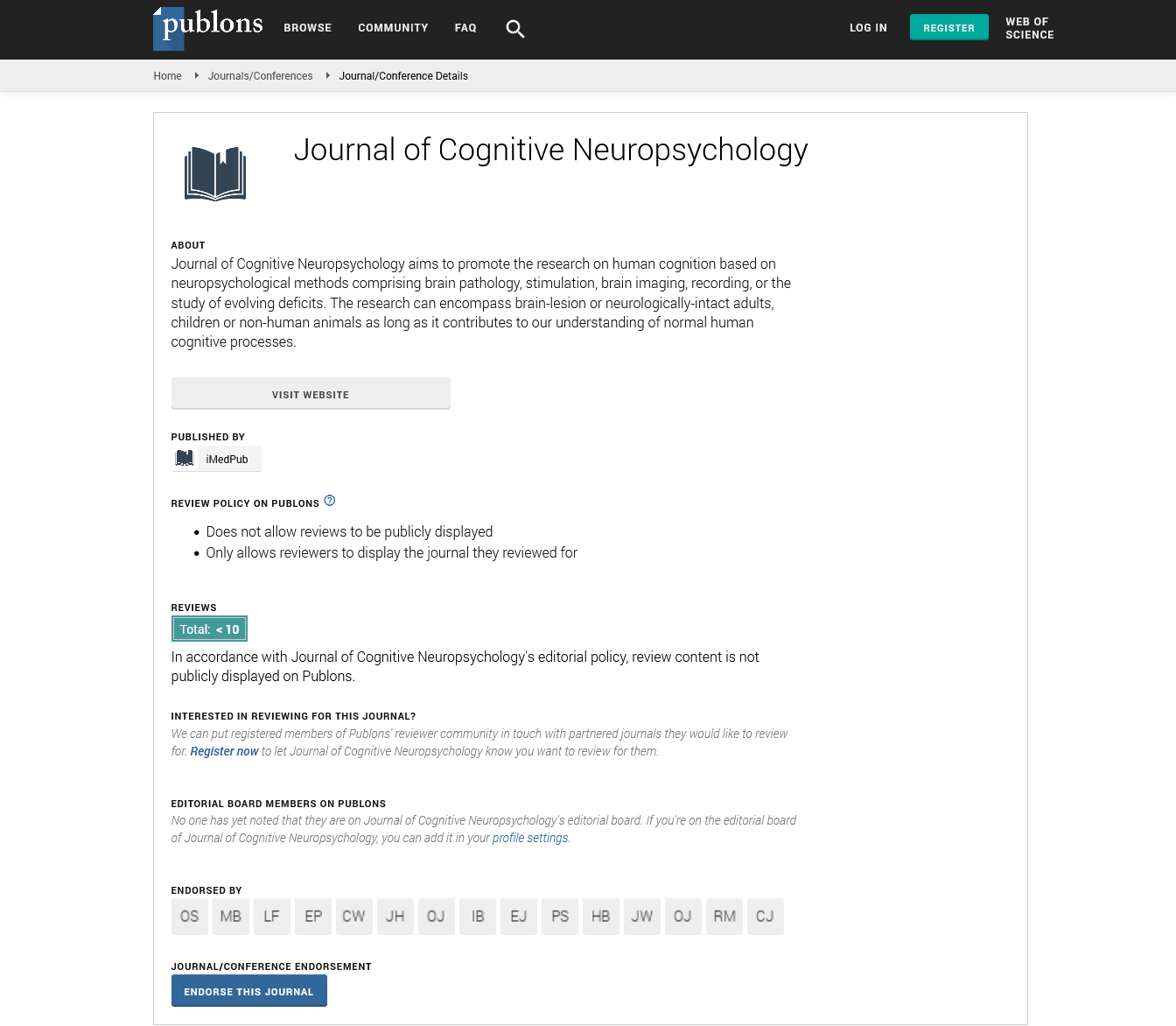Abstract
The primacy of movement in child development
The role of movement in the development of cognitive, emotional and social development was relatively neglected until recently. Only recently have psychologists come to appreciate that acting and knowing are inseparable. The young child’s motivation to reach is at the foundation of a perception action cycle, which creates new skills and hence new opportunities for cognitive development. Failure to move in a typical manner in early childhood is a predictor of difficulties later in life. Infants who were more motorically mature and who explored more actively at 5 months of age achieved higher academic levels as 14-year-olds. The developmental cascade arising from the child’s movements, leads to perceptual, cognitive and social development. A research topic Autism: The Movement Perspective opened up in Frontiers in Integrative Science (2013) and was followed by over 30 scientific research articles on the topic from research institutions around the world. An editorial for the research topic: ‘Autism: The Movement Perspective’ wrote that movement could be our best ally in autism, at all fronts. Studies of human movement demonstrate the intentionality of movement even as early as the second trimester in utero. Autism spectrum disorders (ASD) has its origin in early prenatal failure of movement, timing and coordination. Foetuses that move in an atypical manner may, post-partum, display a problem in qualitative and temporal-dynamic control, i.e. flexibility in affective response and precision in motor timing. This is associated with delay in cognitive development and language, which in turn is associated with a diagnosis of ASD.
Author(s): Walter G Solomon
Abstract | PDF
Share This Article
Google Scholar citation report
Citations : 8
Journal of Cognitive Neuropsychology received 8 citations as per Google Scholar report
Journal of Cognitive Neuropsychology peer review process verified at publons
Abstracted/Indexed in
- Google Scholar
- Publons
- MIAR
Open Access Journals
- Aquaculture & Veterinary Science
- Chemistry & Chemical Sciences
- Clinical Sciences
- Engineering
- General Science
- Genetics & Molecular Biology
- Health Care & Nursing
- Immunology & Microbiology
- Materials Science
- Mathematics & Physics
- Medical Sciences
- Neurology & Psychiatry
- Oncology & Cancer Science
- Pharmaceutical Sciences
